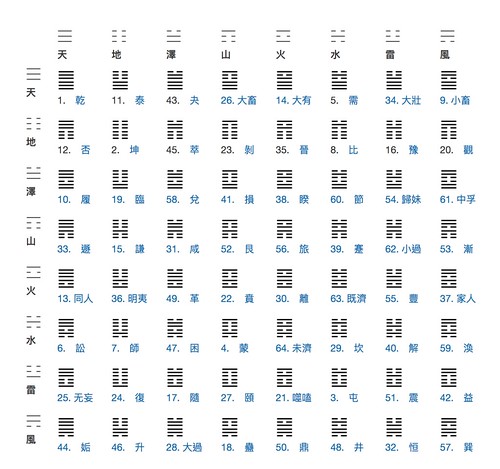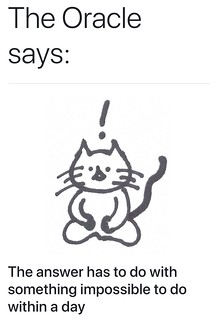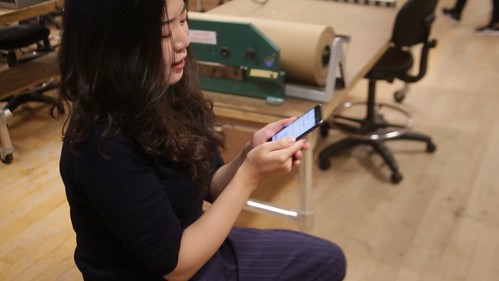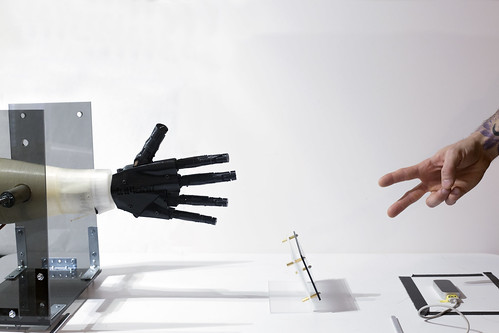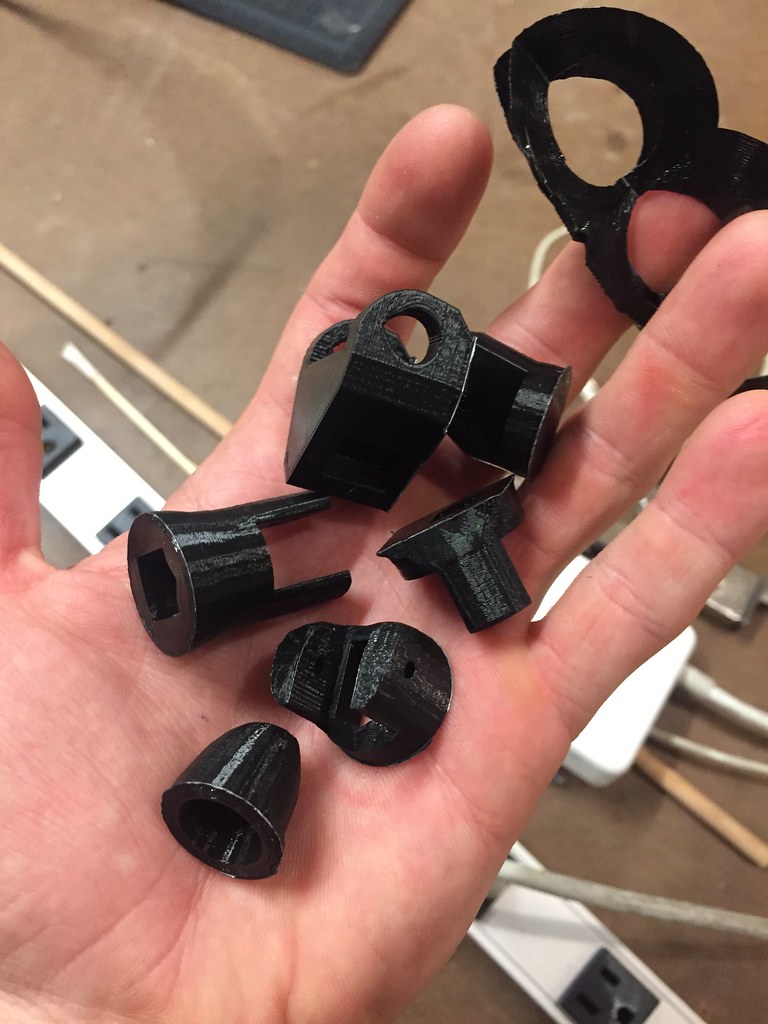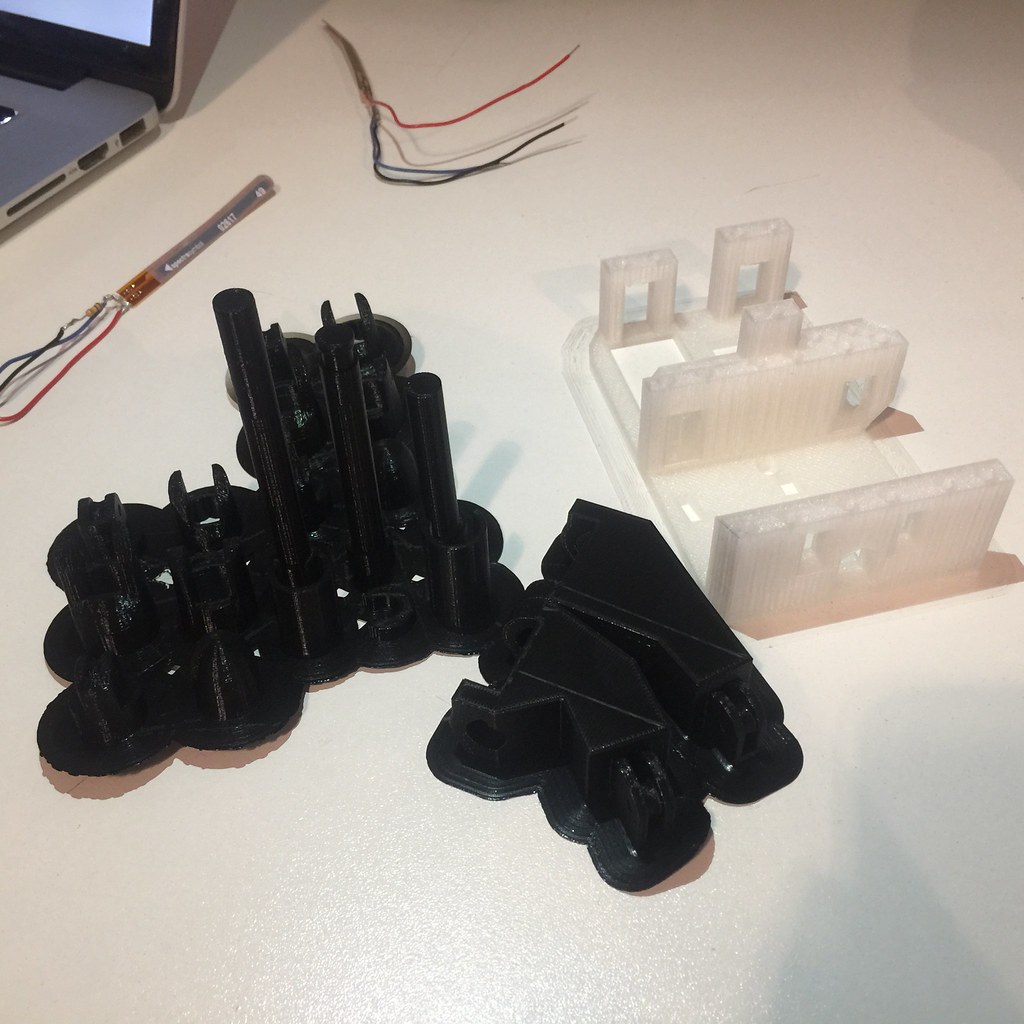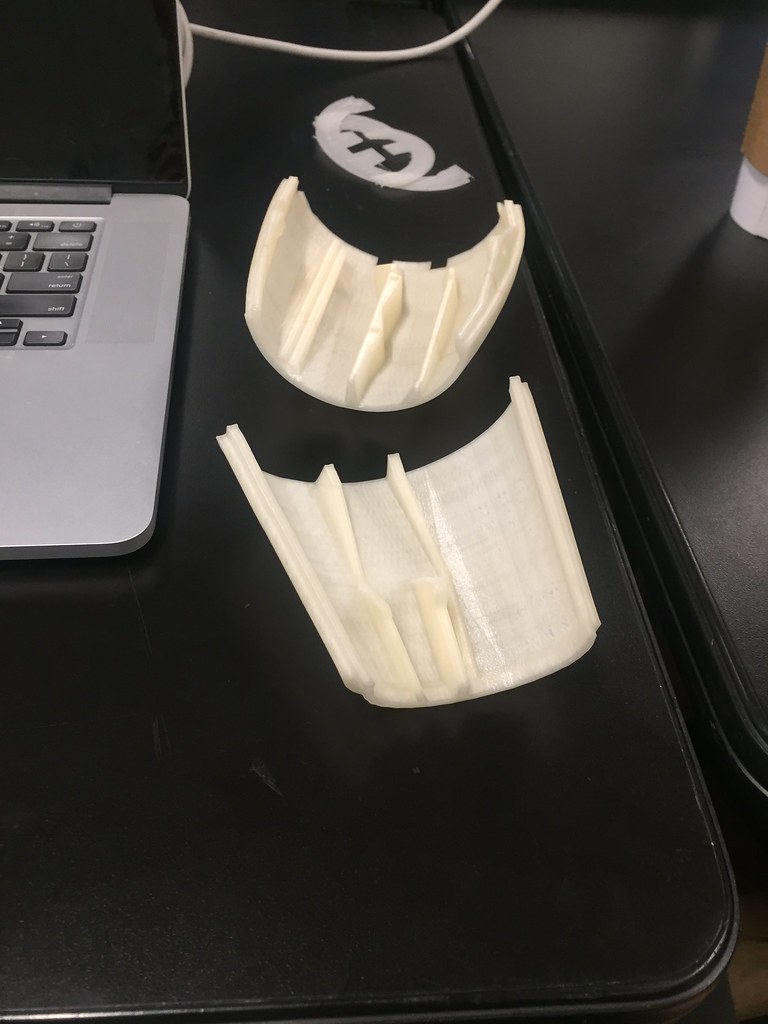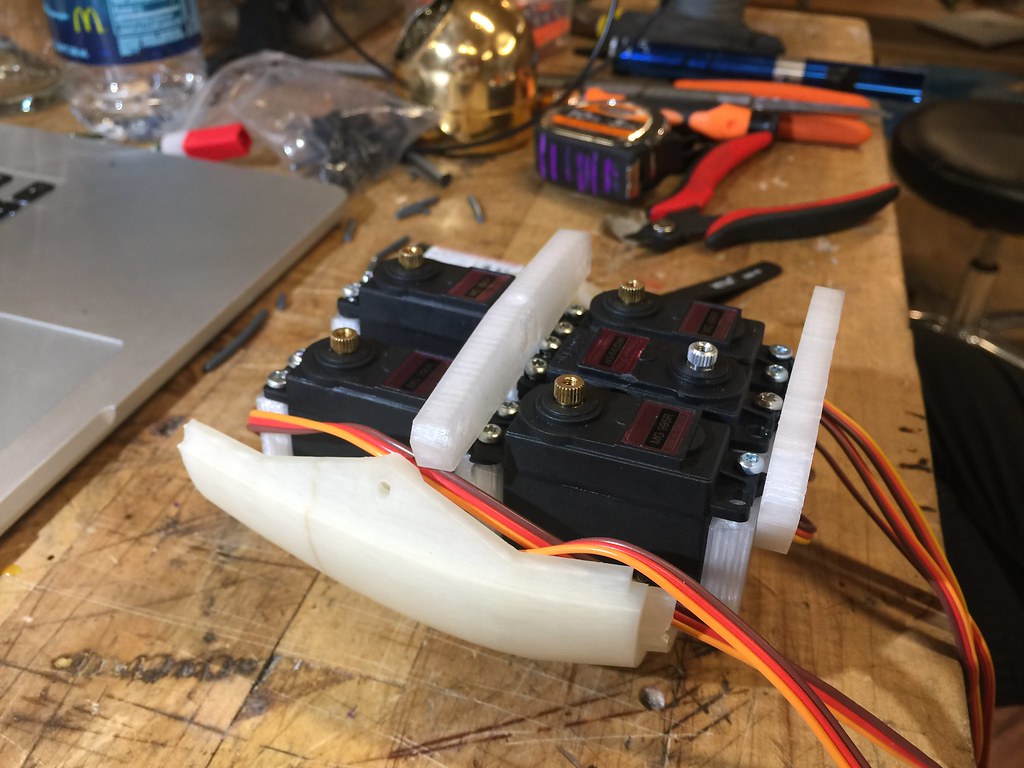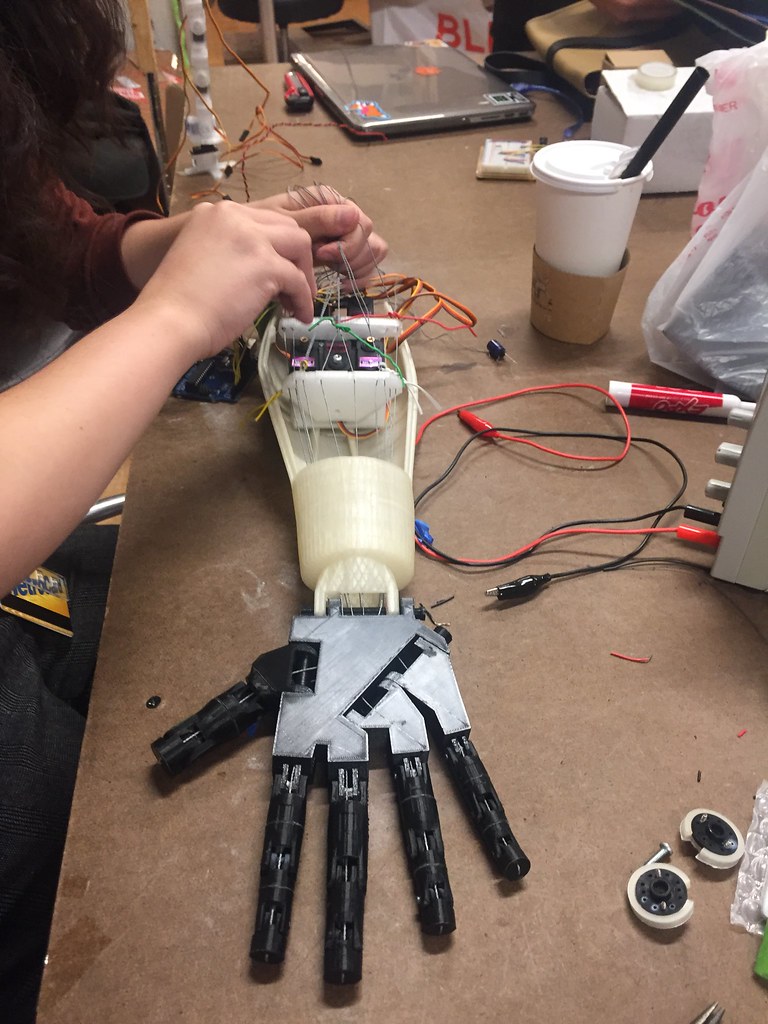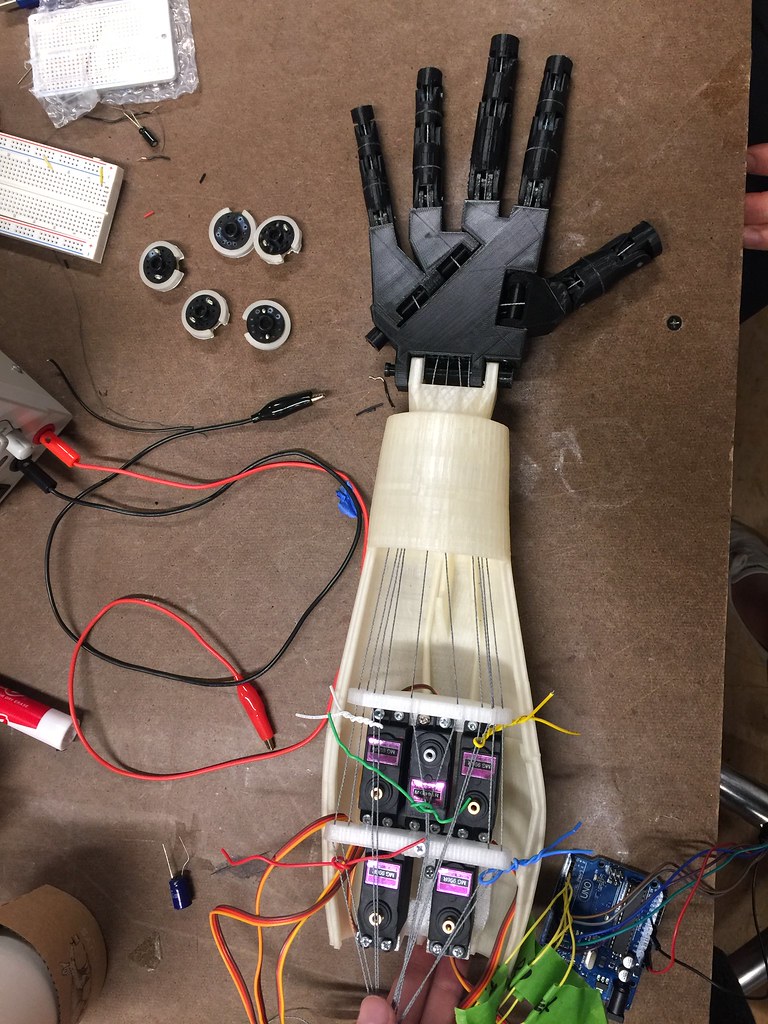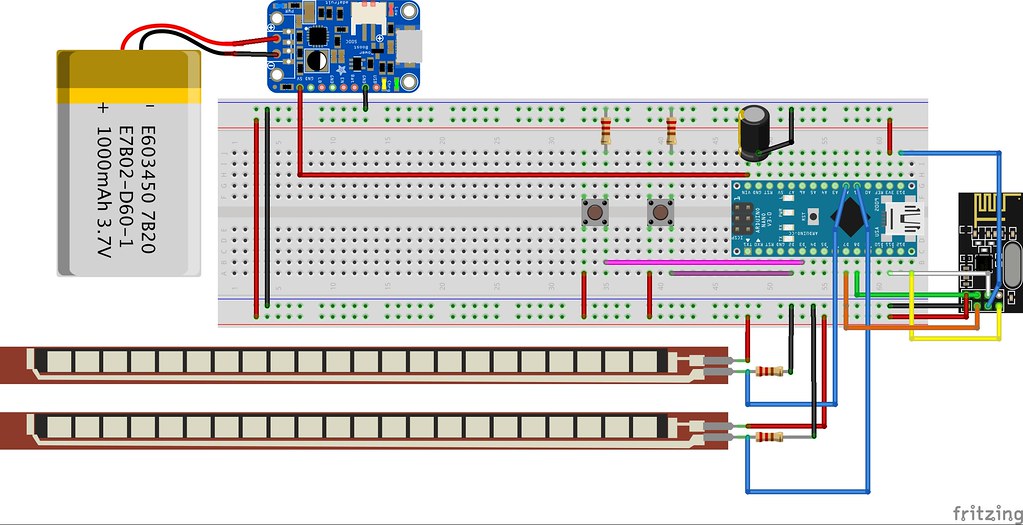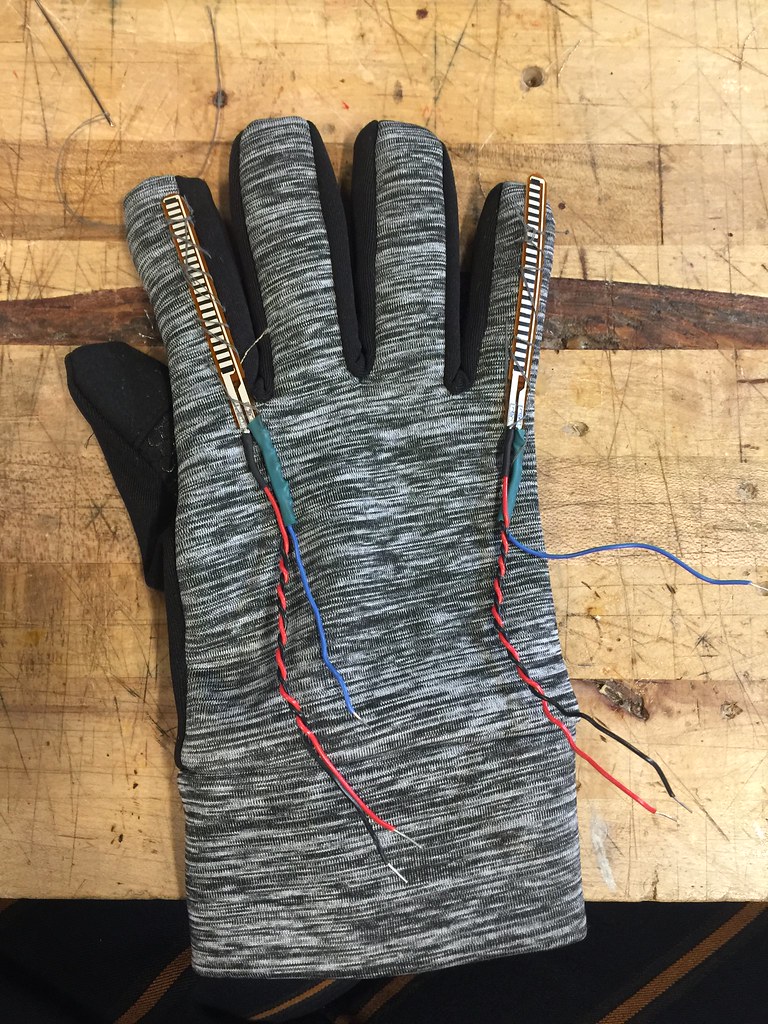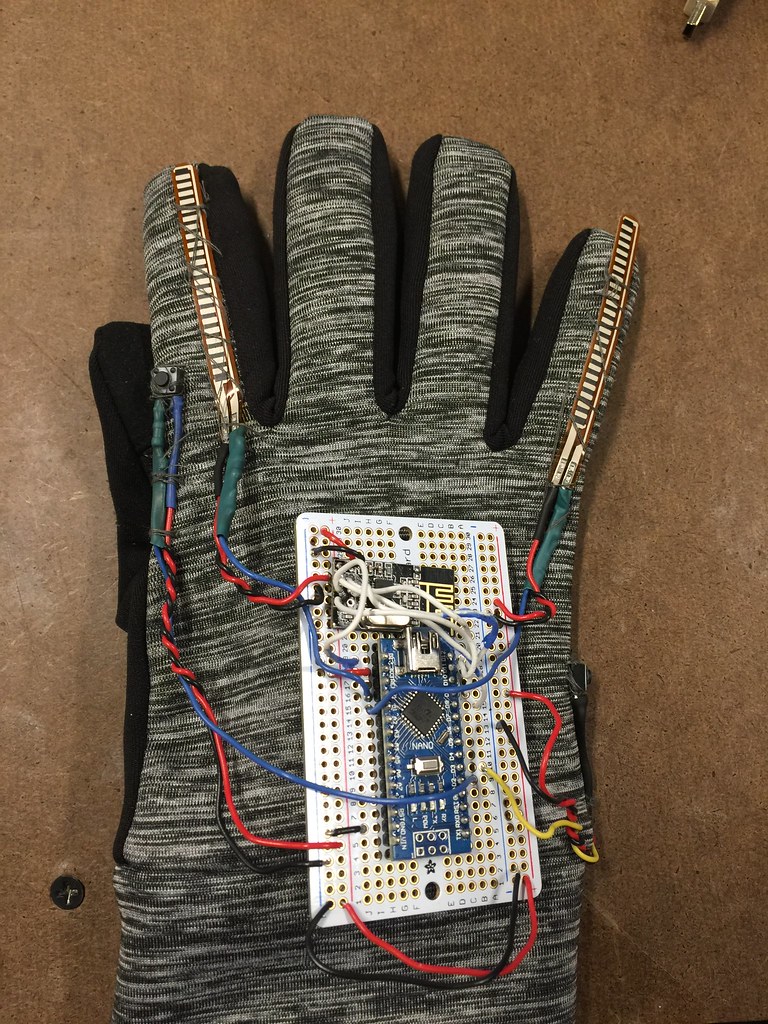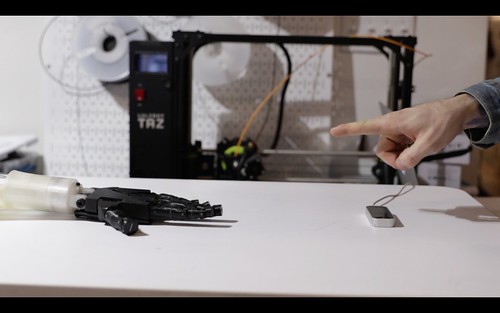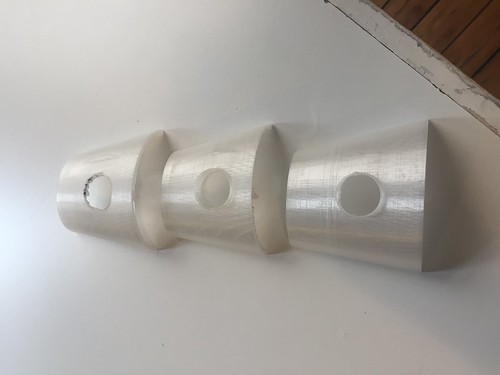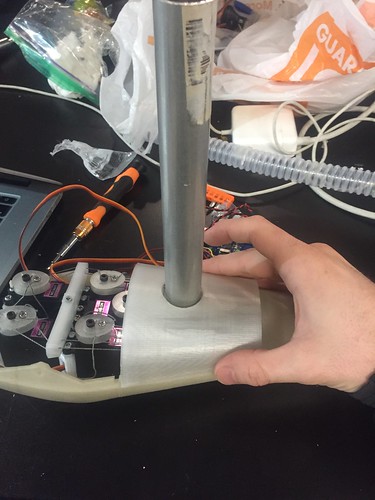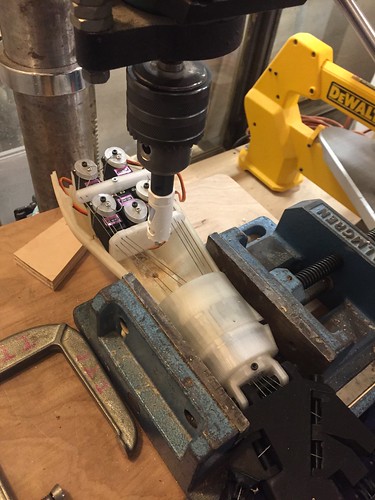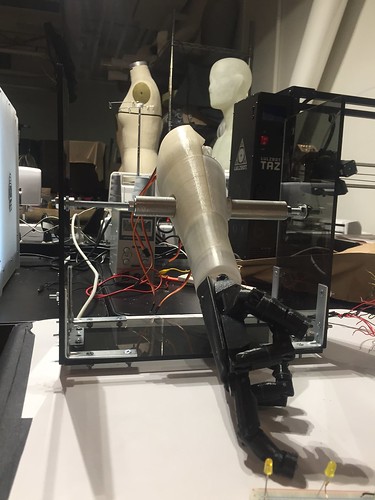With Inform 7 I created this game named “How Cinderella become the mysterious princess”, a game that adapts the scenario of which Cinderella’s godmother asked her to get several things: a pumpkin from the garden, six mice and a fat rat from the mousetrap from the kitchen , and uses her magic wand, by a simple tap, to transform these items into a fancy coach, six horses and a coachman.
Source code could be found here.
But figuring out the logics of Inform 7 was very challenging. I have the plot now pauses at where Cinderella’s godmother has collected the elements she needs and give Cinderella a luxurious set of transportation tools and servants.
How Cinderella become the mysterious princess
An Interactive Fiction by Tong Wu
Release 1 / Serial number 180926 / Inform 7 build 6M62 (I6/v6.33 lib 6/12N) SD
Chamber
You are now in this spatial room. Your step-mom and two step-sisters were all dressed up and left you for the prince's party.
When their coach gradually disappeared in your sight, you starts to cry.
Look at yourself, bare feet, a dirty grey dress. How could you go to the ball like this?
Your godmother, who sees you all in tears, who was a fairy, asks you tenderly: "You wish that you could go to the ball; is it not so?"
"Yes," cries you, with a great sigh. "Well, " says godmother, "be but a good girl, and I will contrive that you shall go. Can you check around and bring me a pumpkin?"
In the room there is a door to the south, which lead to the garden. And the kitchen is north of the chamber.
>examine grey dress
A grey dress you've been given three years ago as a gift when you dad married this woman, which later become your servant uniform. It is full of patches since it has been mended many times. But it cannot hide your beautiful appearance.
>s
Garden
The garden is full of flowers and fruits. When you are young, your mom and you are always in the garden. She put you on her lap, sang you beautiful nersey rhyme. That's one of your sweetest memory you've always treasured.
A doorway east will give you a short cut to the kitchen. Don't bother going back to chamber to find the kitchen.
You can see a pumpkin patch (in which is pumpkins) here.
>examine pumpkin patch
Take pumpkins, as your godmother said.
In the pumpkin patch is pumpkins.
>take pumpkins
Bring it to the kitchen to see your godmother.
Taken.
>e
Kitchen
The kitchen is where you've been staying in for the past few years. Every day you wakes up before everyone in the house, and dedicately prepare breakfast for your families.
You god mother is now here. She is waiting for you to give her pumpkins.
You know every corner Inside the kitchen , including the mousetrap an old servant placed in the northeast corner.
A doorway south will bring you back to the chamber, or you could use the door you just came in that takes you to the west to the garden.
You can see a mousetrap (in which is six mices) here.
>give pumpkins
You gather the finest pumpkin you could get, and brought it to you godmother, not being able to imagine how this pumpkin could help you go to the ball.
Your godmother scooped out all the inside of it, leaving nothing but the rind. Having done this, she struck the pumpkin with her wand, and it was instantly turned into a fine coach, gilded all over with gold.
>examine mousetrap
There are six mices, all alive.
In the mousetrap is six mices.
>take mices
Taken.
>give mices
You so damn brave, girl. Your godmother gives each mouse, as it went out, a little tap with her wand, and the mouse is that moment turned into a fine horse, which altogether make a very fine set of six horses of a beautiful mouse colored dapple gray.
Being at a loss for a coachman, You said, "I will check the rat trap in the yard and see if there is not a rat that we can turn into a coachman." "You are right," replied her godmother, "Go and look using the door to the west."
>w
Yard
This is the exit of the house with beautiful lawn and a huge fountain.
You can see a rat trap (in which is three rats) here.
>examine rat trap
There are three huge rats inside the rat trap.
>catch rats
They just keep moving and screaming, make it hard to cath. But you manage to pick the one with the largest beard..
>give rats
The fairy choose the one which had the largest beard, touches him with her wand, and turned him into a fat, jolly coachman, who had the smartest whiskers that eyes ever beheld.
……










